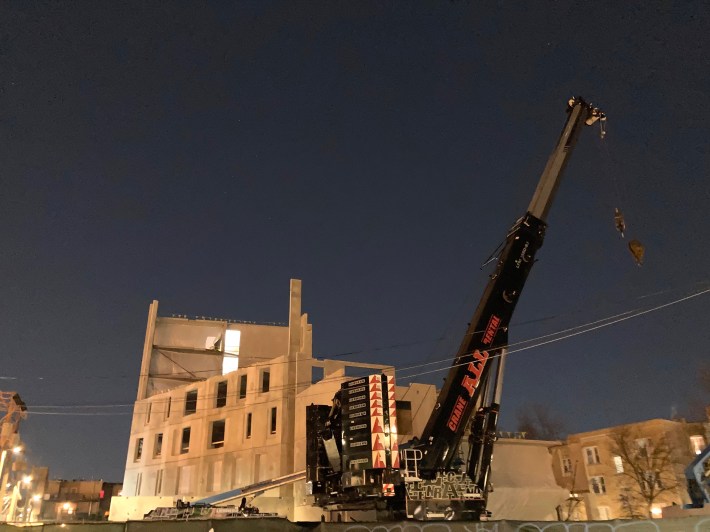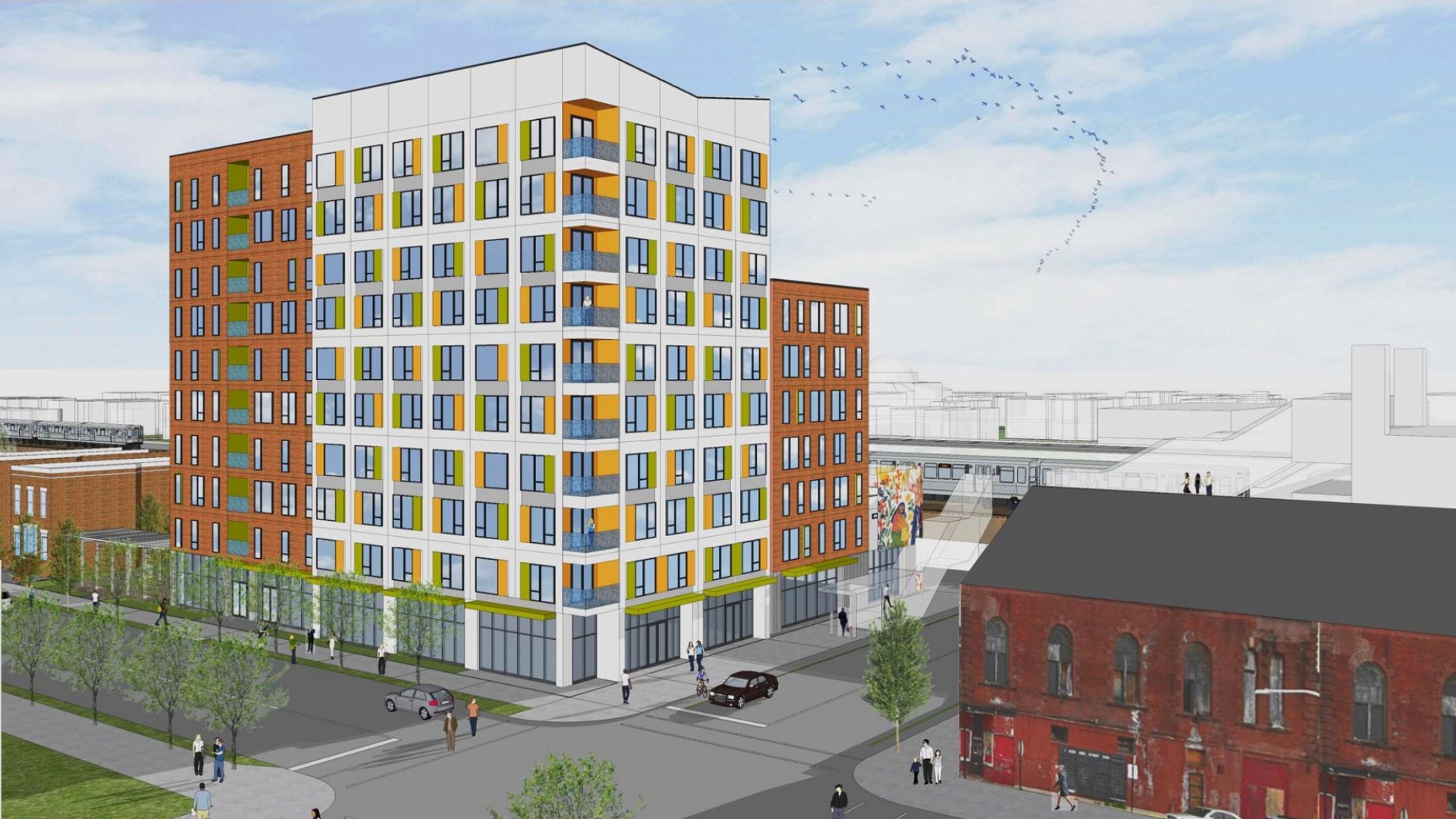Yesterday the Chicago Department of Housing released what it says is the country’s first Racial Equity Impact Assessment on a Qualified Allocation Plan for Low-Income Housing Tax Credits. Qualified Application Plans are documents that state eligibility priorities and criteria for awarding tax credits for housing development projects. Racial Equity Impact Assessments analyze how different racial and ethnic groups are or will be impacted by existing or proposed policies, programs, or decisions. The Racial Equity Impact Assessment to be used by the Chicago Department of Housing will inform how, where, and to whom the department allocates tax credits, and how the department incorporates a racial equity lens to create opportunities for community wealth building.
"Racial equity must be at the core of our efforts to mend and move forward from our city’s history of housing discrimination and displacement of residents of color," Mayor Lori Lightfoot said in a statement. "With this REIA, we will be able to course correct housing strategies to ensure these residents will still have access to affordable housing resources and any other community benefits well after projects are completed. Helping our residents from underrepresented backgrounds live comfortably and build wealth is not only our responsibility as city officials, but key to Chicago’s ability to prosper and thrive into the future.”
I find it interesting that Mayor Lightfoot speaks about housing discrimination and displacement as if they are no longer happening. But I do agree that the REIA is a step in the right direction.
According to a press release from the housing department, some of the findings from the REIA show that since 2000, the majority of Chicago’s developments supported by low-income housing tax credits have been new construction located in high-poverty, majority-Black areas, with a quarter located in higher-income “opportunity areas." In addition to analyzing data, the department had discussions with impacted groups that revealed barriers to BIPOC (Black, Indigenous, and People of Color) developers participating in LIHTC projects and areas for improvement in project characteristics and management. The 2021 Qualified Allocation Plan incorporates these and other improvements and recommendations that were revealed during the REIA process.
The housing has a newly created Office of Community Engagement, Racial Equity and Strategic Initiatives, which hosted a series of in-person and virtual meetings last fall as part of the REIA process. More than 130 residents, developers, housing activists, funders, and policy makers participated in the workshops. “The QAP REIA is truly a collective effort that involved an array of voices, especially the voices of the residents living in LIHTC units, in order to better understand systemic racism and meaningfully begin to undo those harms,” said housing department managing deputy commissioner Sendy Soto in a statement.

Eight themes were identified by the housing department and Enterprise Community Partners (a national housing nonprofit) when they analyzed community engagement data and existing DOH data. These themes will inform the 2021 QAP application and future processes to ensure racial equity is driving the program:
1. Ensure BBIPOC developer/ service providers benefit from LIHTC
2. Prioritize investments in data infrastructure and reporting so that it can prioritize LIHTC developments serving residents that are most in need
3. Prioritize access to affordable housing opportunities by ensuring that marginalized residents are not unfairly screened out of the process due to arrest/conviction records, evictions, or low/no-credit scores
4. Ensure residents have choices about where they can live affordably by ensuring that affordable developments are built in highly resourced, amenity-rich areas
5. Increase the inclusion, power, and self-determination that LIHTC residents have over their living environments and improve their health, wealth, and opportunities in life.
6. Improve outcomes and wealthy building opportunities for residents by incentivizing applications that offer or provide access to programs like homeownership support and workforce development programs.
7. Ensure residents with disabilities and diverse language needs can find and live in LIHTC units that accommodate their needs
8. Support incentives for partnerships for wrap-around services that create or provide access to health and wellness spaces and activities.
Theme number four stuck out to me. I definitely support affordable developments being built in communities where there is good access to jobs, education, healthcare, retail, transit, and other opportunities and services. I’d also support the city doing more to ensure all neighborhoods are highly resourced and amenity rich.
I appreciated Housing Commissioner Marisa Novara’s statement, “With Chicago’s long history of institutionalized racism and segregation, we are very aware of the need to examine our work and be accountable for outcomes. We commit to examining the results of our work by race, and based on what we learn, adjusting accordingly. Repeatedly. Given the long role that government has played in creating and maintaining segregation and inequities by race, this is our work to do.”
You can read the full press release on the Department of Housing's website.





